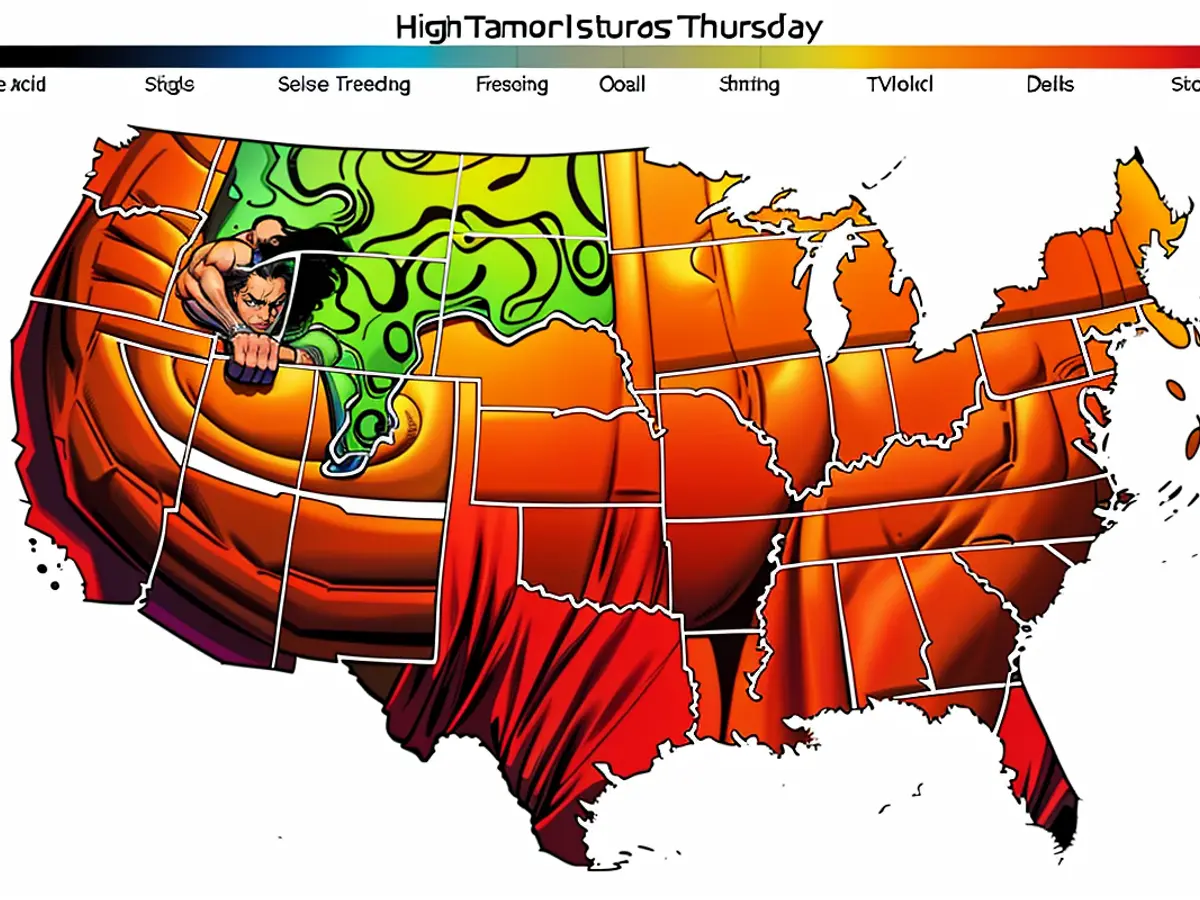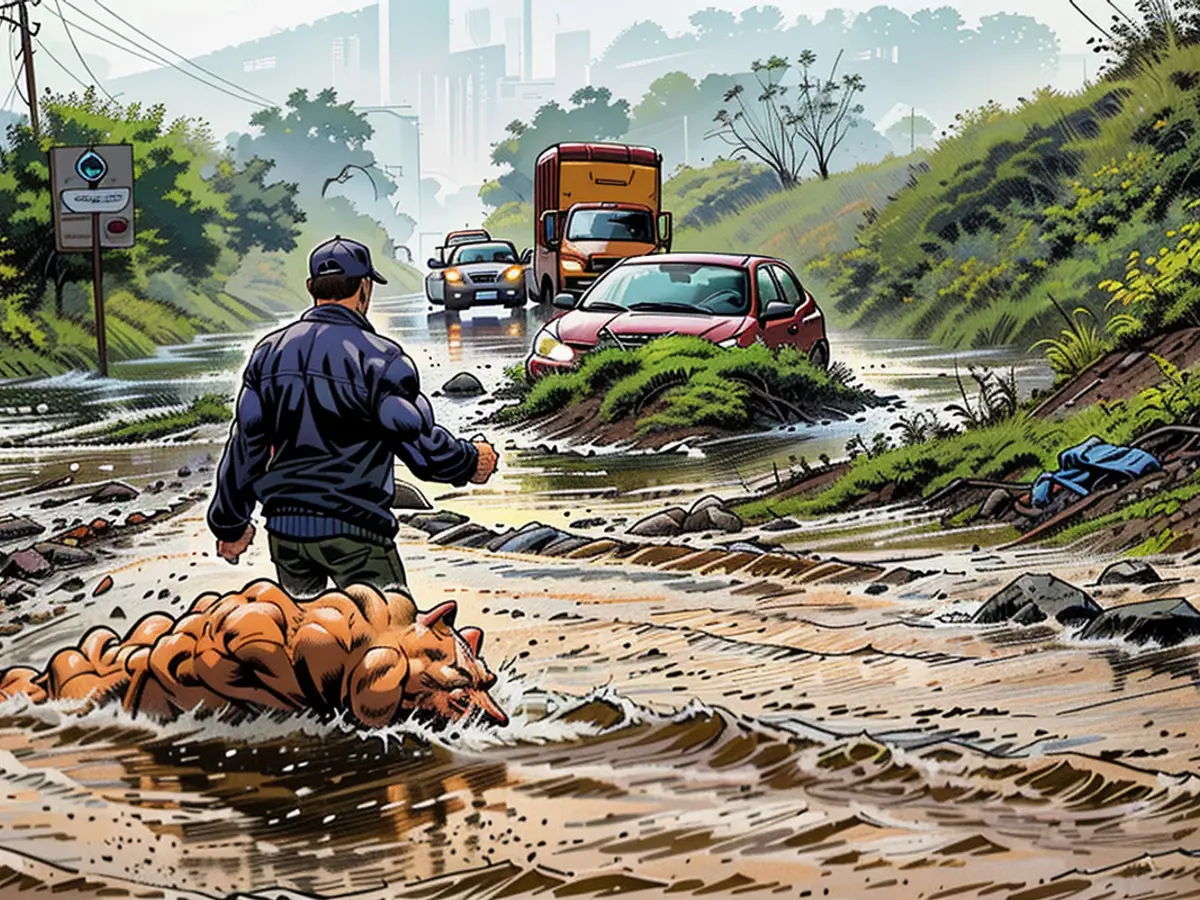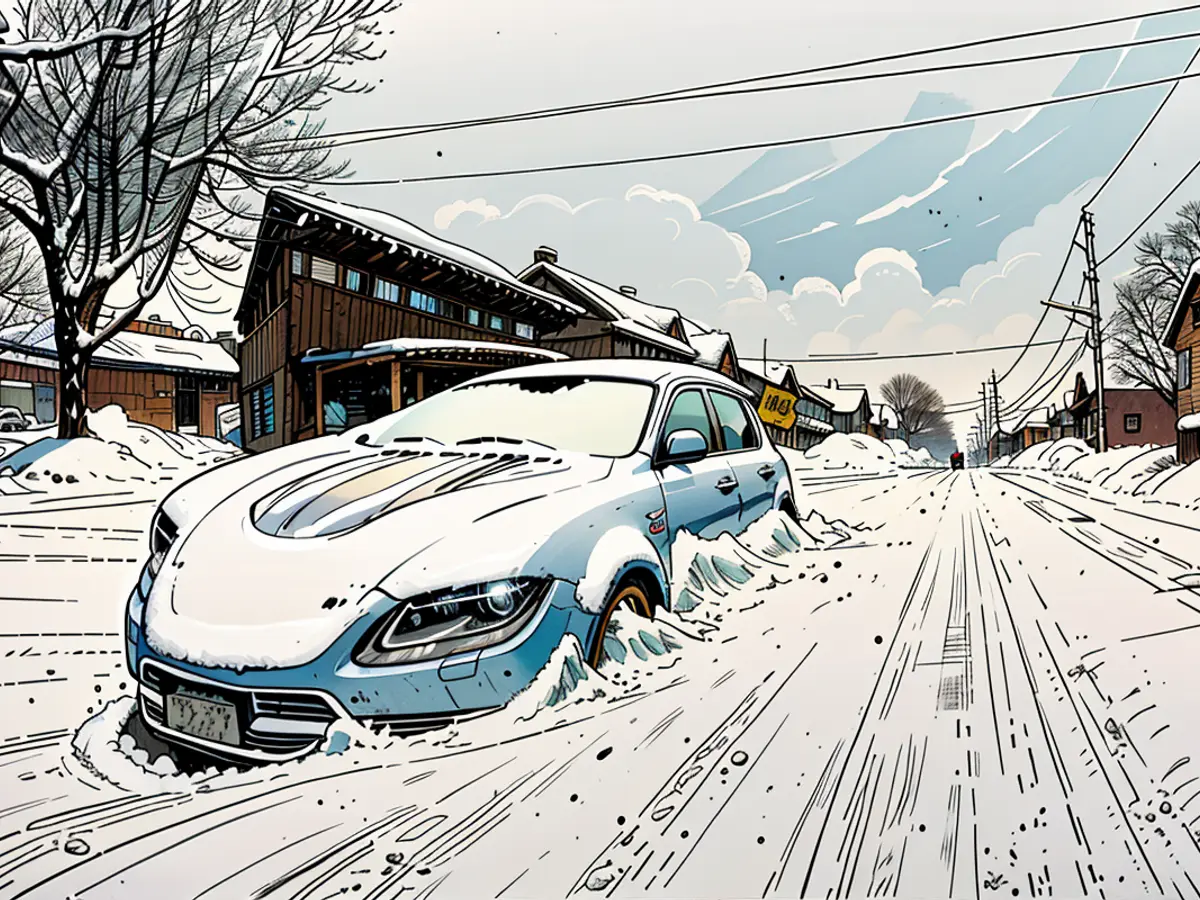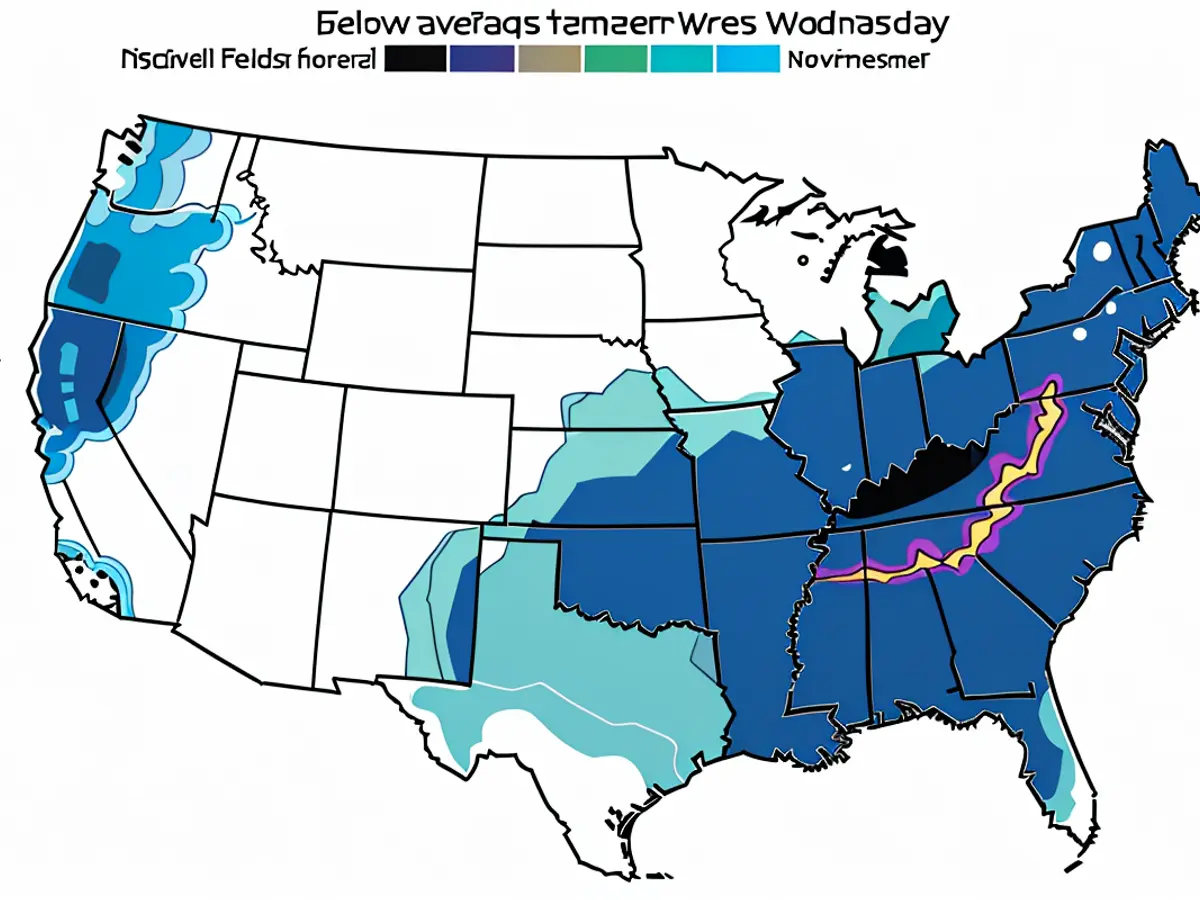Where temperatures will climb to triple digits this Fourth of July
This summer started off unusually hot and is largely expected to stay that way, as forecasts show only fleeting moments of respite in the weeks ahead.
Summertime heat will be in place for much of the Lower 48 for Independence Day as the US enters its hottest time of the year. But temperatures for two large sections of the country are expected to far exceed those typical of early July.
Heat will ramp up in parts of the West and southern US this week, culminating in temperatures 10 to 15 degrees above normal in California and Oregon on Thursday and 5 to 10 degrees above normal from Texas and Oklahoma to the Carolinas.
High temperatures in the 100s and 110s will hit parts of California’s Central Valley while desert areas in Southern California, Nevada and Arizona will approach 115 degrees.
Sacramento — which just experienced its fourth-hottest June on record — could come close to its hottest Fourth of July with a high near 107 degrees Thursday.
Las Vegas could come within a couple degrees of its hottest-ever Independence Day when the mercury tops out around 112. Heat has been relentless for the city — this June was also its hottest on record.
While Thursday won’t be record-hot for Phoenix, temperatures in the city are expected to climb around 7 degrees above its normal high of about 107. Thursday is also likely to be the third day in a row where temperatures exceed the 110 degree mark for the city — a streak that will continue into next week.
Thursday will be very hot for parts of the West but even higher temperatures are expected to follow. Brutal heat will expand into much of the Pacific Northwest on Friday and keep temperatures sky-high across California and the desert Southwest.
Portland, Oregon, will swelter as temperatures climb into the mid-90s Thursday and soar to near 100 degrees on Friday — about 25 degrees hotter than normal.
The South will also bake Thursday, but it won’t quite reach the extremes the West will endure. High temperatures in the 90s will be widespread in the Southern states, with parts of Texas and Oklahoma set to reach into the low 100s.
Dallas will climb to around 101 degrees Thursday, likely marking the fourth day in a row of the thermometer hitting triple digits. Typically, the metro should have a high of around 94 for Independence Day.
Farther east, Atlanta should normally top out at around 88 degrees on the Fourth of July, but the city is expected to reach 94 degrees this time around. The heat comes after the city recorded 11 days in a row of temperatures at or above 90 degrees to the end of June and recorded its first 100 degree reading in nearly five years.
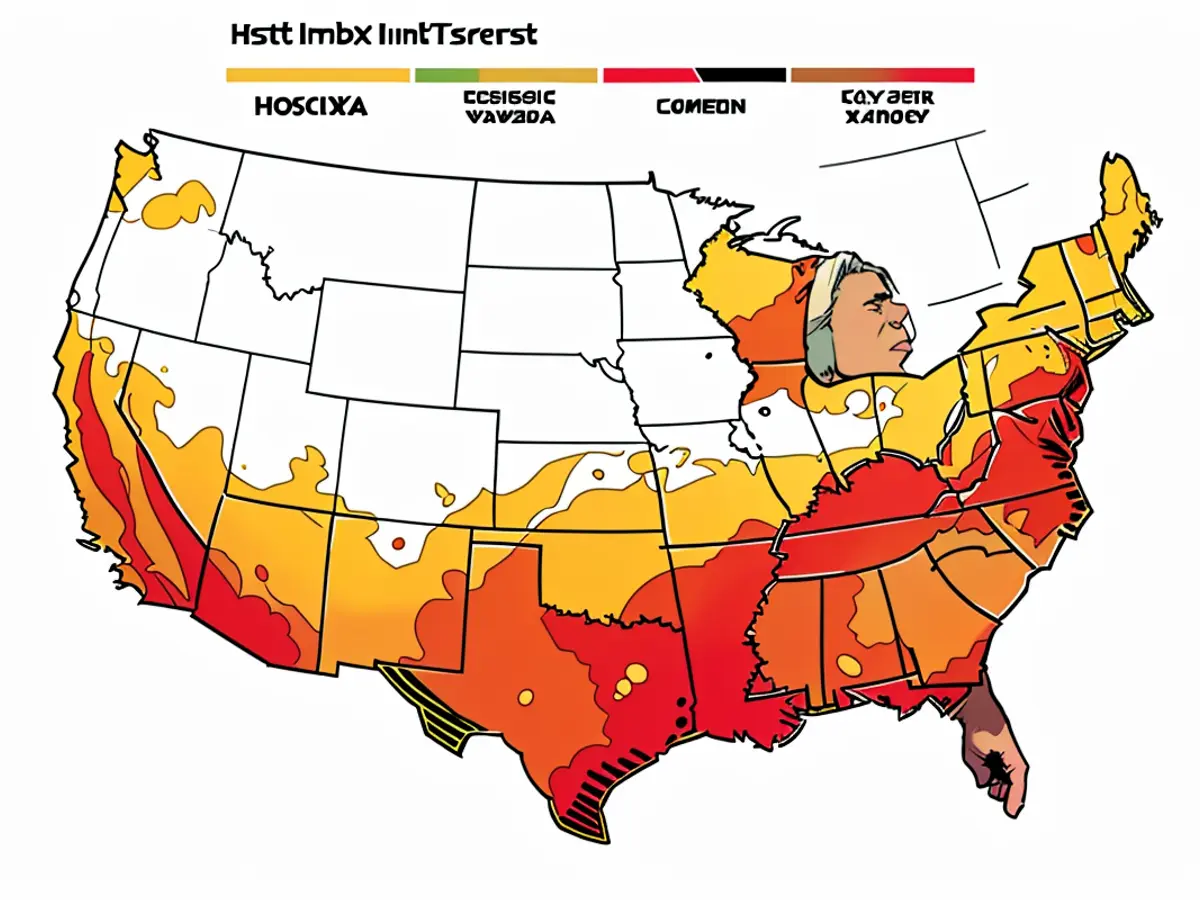
Humidity will make the heat feel even worse in the South, sending heat index values — how hot the air actually feels to the body — over 100 degrees for millions. Dangerous heat index values coupled with outdoor activity for the holiday could result in heat-related illnesses without the proper precautions.
In addition to the heat, Mother Nature will also provide her own Fourth of July fireworks.
Thunderstorms will rumble over portions of the Mississippi Valley and Midwest from the morning hours onward as a cold front digs southward across the regions. Thunderstorms are also possible from parts of the Ohio Valley to the Northeast.
As the day progresses, some severe thunderstorms are possible, mainly in parts of Missouri, Kansas, Oklahoma and Arkansas during the afternoon and evening. These storms could unload damaging wind gusts, hail, heavy rain and even a tornado or two.
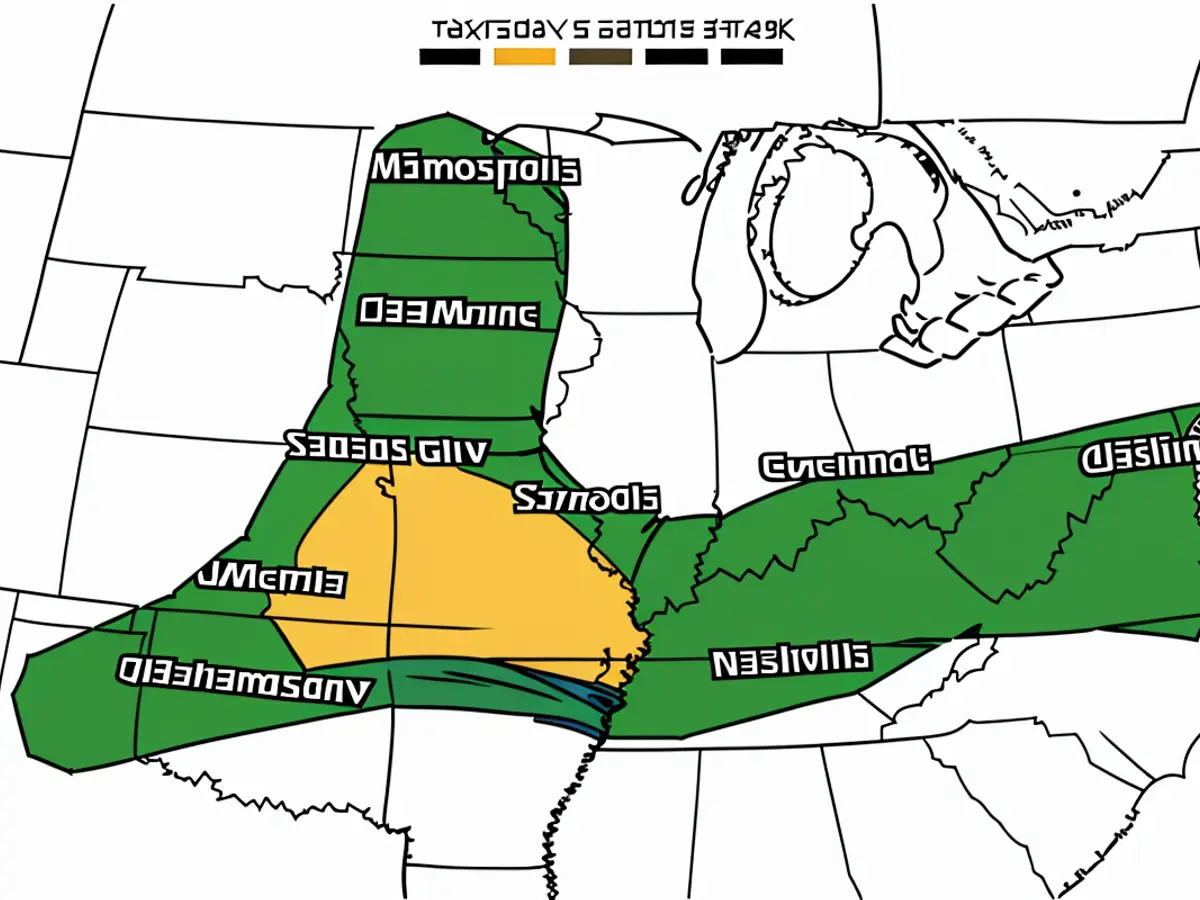
Any storms that linger into the evening hours could disrupt fireworks displays. Rain may prevent organizers from launching fireworks and any lightning strikes will make it dangerous for large crowds to be outdoors.
Major fireworks shows in Washington, DC, Philadelphia and New York City may have to deal with storms Thursday evening.
The weather this Independence Day is expected to be exceptionally hot in many parts of the US, with temperatures exceeding normal levels in several regions. This harsh weather could lead to heat-related illnesses if appropriate precautions are not taken.
